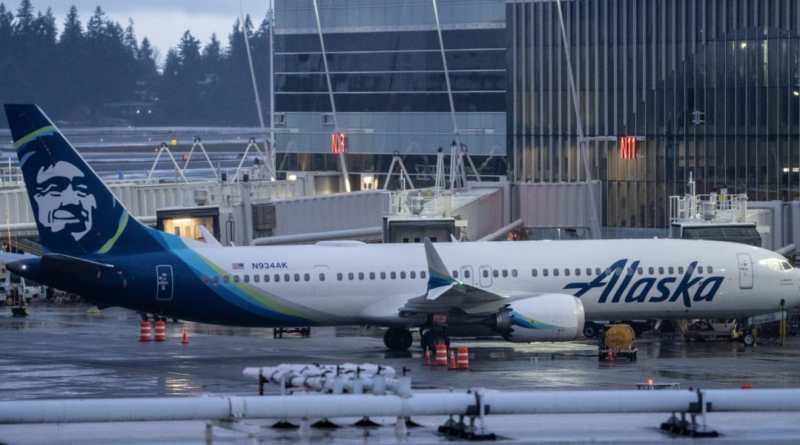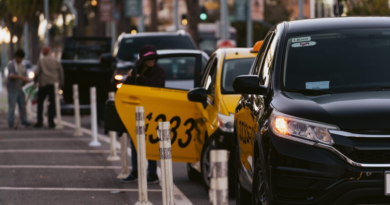After Boeing 737 Max planes crashed and killed hundreds of people about five years ago, one just lost a chunk of its fuselage in midair
With Alaska Airlines temporarily grounding all of its Boeing 737 Max 9 aircraft late Friday after a terrifying incident earlier in the day, memories of aviation disasters involving the 737 Max in 2018 and 2019 are being rekindled.
Fortunately, nobody died yesterday when a section of fuselage blew out for reasons still under investigation. The seat next to the gaping hole had been unoccupied, and other passengers in the row had their seatbelts on. The plane made an emergency landing in Portland, Ore., where it had departed from en route to the Los Angeles area.
The incident appears to be unrelated to the earlier disasters, which led to the 737 Max being grounded worldwide from March 2019 to December 2020, aviation expert John Strickland told BBC News.
“While we know little evidence of why this section of the fuselage has come out,” he said, “this has nothing to do with the aircraft being grounded for 18 months.”
The Federal Aviation Administration (FAA) said Saturday it will order the temporary grounding and inspections of certain 737 Max 9 aircraft.
A Boeing spokesperson told Fortune: “Safety is our top priority and we deeply regret the impact this event has had on our customers and their passengers. We agree with and fully support the FAA’s decision to require immediate inspections of 737-9 airplanes with the same configuration as the affected airplane. In addition, a Boeing technical team is supporting the NTSB’s investigation into last night’s event. We will remain in close contact with our regulator and customers.”
Alaska Airlines posted to X on Saturday: “As of this morning, inspections on more than a quarter of our 737-9 fleet are complete with no concerning findings. Aircraft will return to service as their inspections are completed with our full confidence.”
In response, one X user wrote that “an overnight ‘inspection’ of your MAX fleet gives us no confidence,” while another asked whether it was Alaska or Boeing that completed the inspection, to which another replied: “Excellent question given what we know about Lion Air crash.”
737 Max disasters
In October 2018, a Lion Air 737 Max departing from Jakarta, Indonesia, crashed into the Java Sea shortly after takeoff, killing all 189 people aboard. Then in March 2019, an Ethiopian Airlines 737 Max crashed minutes after taking off from Addis Ababa, killing all 157 passengers and crew.
The worldwide grounding followed the FAA receiving evidence of similarities between the two accidents. Attention soon turned to a recurring failure in the Maneuvering Characteristics Augmentation System (MCAS), leading to pilot commands being overridden. Investigations later pointed to lapses in certification by the FAA, which was last major aviation authority to ground the aircraft.
After mandating changes in design and training, the agency cleared the 737 Max to return to service in November 2020, with other authorities later following suit.
Boeing, in a settlement with the Justice Department in 2021, agreed to pay $2.5 billion to resolve a charge that it had conspired to defraud the FAA. The company later estimated the crisis had cost it about $20 billion.
With yesterday’s incident, according to Reuters, passenger photos suggest the section of fuselage torn away is sometimes used for an optional rear door—usually by budget airlines that require more evacuation paths due to having more seats. In the case of Alaska Airlines, it said, those doors are permanently plugged.
There are 215 of the 737 Max 9 in service around the world, according to the New York Times, citing aviation analytics firm Cirium. United Airlines has 79 of them in service, more than any other airline, and United and Alaska Airlines together have about a third of them.




